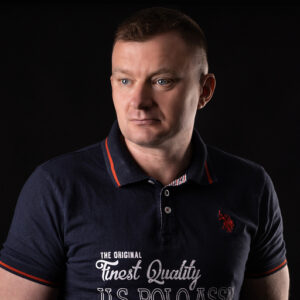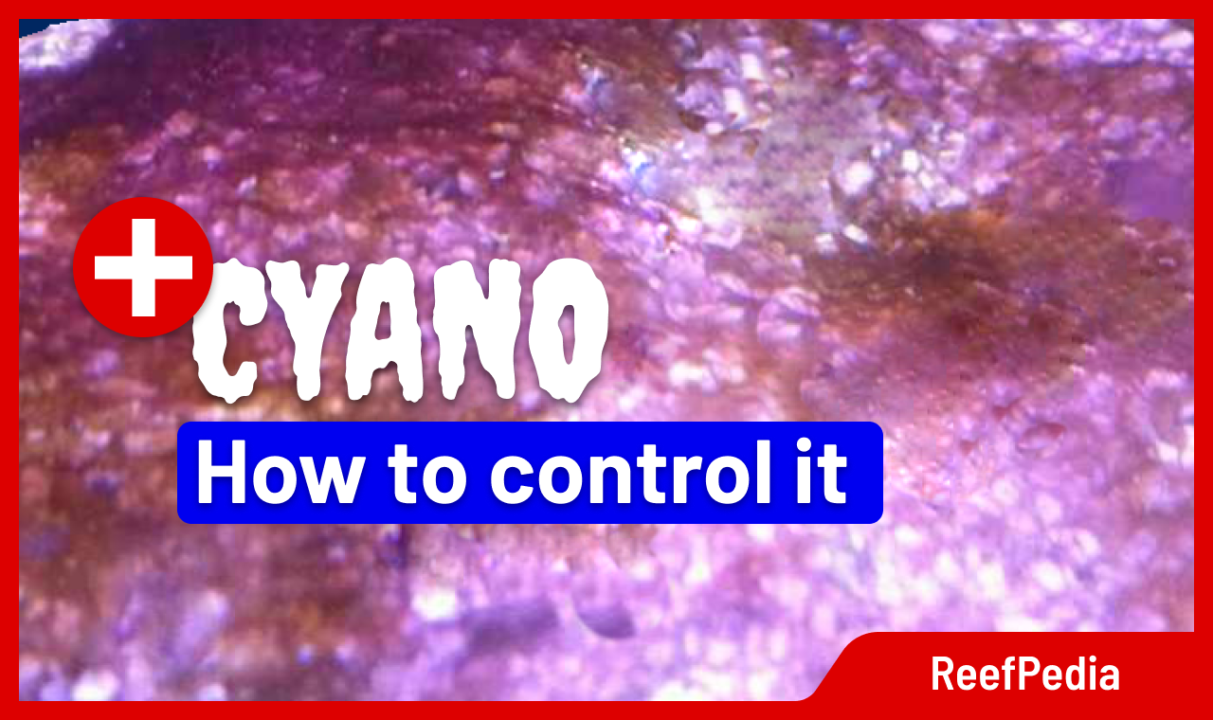Cyanobacteria owe their name to their blue-green colour, although they actually have much richer colours depending on the species, often being maroon/reddish in colour. For many years they were classified wrongly as algae, and in the latest taxonomy they have been classified as bacteria.
Cyanobacteria are unicellular, autotrophic organisms that produce organic compounds by photosynthesis. They reproduce only vegetatively, by cell division. They are found in every latitude and in every type of water – fresh and saline.
Table of Contents
Cyanobacteria are a common problem among aquarists, and while they usually affect immature tanks, they can also appear in aquariums with stabilised parameters.
Theories about the bloom of these bacteria are many. On the occasion of the Redfield Factor, the disruption of the ratio of nitrates and phosphates promotes the development of these bacteria, they are not at all the determining factor for their appearance in our tanks.
The primary issue with cyano is proper aquarium management and daily care. Factors to pay particular attention to are:
Proper circulation
The formation of dead zones in the aquarium where fine, dead organic matter settles creates conditions that are ideal for the growth of Cyanobacteria. It is therefore important to ensure proper water circulation, which we can achieve by setting the circulators to cycle on maximum power. It is also a good idea to buy an additional circulator.
Skimmer and water circulation
Equally important is choosing the right circulating pump so that the skimmer, one of the primary methods of water filtration, is able to handle the detritus. The capacity of the pump should be up to about ten times the volume of the aquarium.
The right combination of these two devices will effectively remove residual organic matter before it becomes a source of phosphates.
In the case of the formation of Cyanobacteria in the tank, it is worth considering what the reason is. Often there may be a biological imbalance in the aquarium, to this there is a supply of some food which may be a surplus of amino acids or some micronutrient.
If you are fighting cyano, it is worth eliminating any unnecessary dosing and stop performing water changes for the duration of the fight.
Quite a few people also suck cyano out of the water using a tube, a filter sock.
In case prevention methods fail, we are faced with the elimination of Cyano from the aquarium.
- Heterotrophic bacteria
Another, albeit more invasive, way to deal with algal infestation is to dose heterotrophic bacteria. What are these? They are the oldest organisms on the planet, and unlike autotrophic bacteria, they are adulterous bacteria that feed on organic as well as inorganic compounds. These are the bacteria that will compete with Cyano, eventually leading to their disappearance. It should be noted, however, that this is a method for the patient. This way of fighting unwanted bacteria can take weeks, or longer.
There are products on the market containing these bacteria, some more effective than others. It is up to you to decide which product you will trust.
- Chemiclean
Is a last resort and helps to deal with the problem within a few days. However, be sure to use it as directed.
So far, no negative effects on other living organisms have been noticed.
Summary
Getting rid of Cyano from the tank does not guarantee that it has happened once and for all. Therefore, the most important thing is to keep the aquatic environment in the best possible condition, thus preventing recurrence. Let’s remember about proper circulation, filtration, and keeping nitrates and phosphates at the right level.
About the author

Marek Protasewicz
Reefkeeping has been my passion for over 10 years now. I love learning. The hobby has taught me many valuable lessons, patience being the best example. Combining work and passion is my path. I run Crazy Coral, a marine aquarium shop, for a number of years. Building this business from the scratch I learnt from my own mistakes at a heavy cost.
Later I managed a project aimed at development of methods for quick growth of Corals in non-natural conditions. The project was carried out by Get Sales, Poland. Presently, I am responsible for distribution strategy at Reef Factory, of which I am a co-founder. The company produces smart devices for marine aquaristics. The last projects I have been involved in are Social Reef and ReefPedia.



